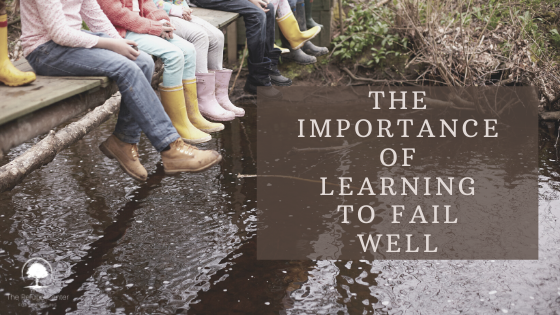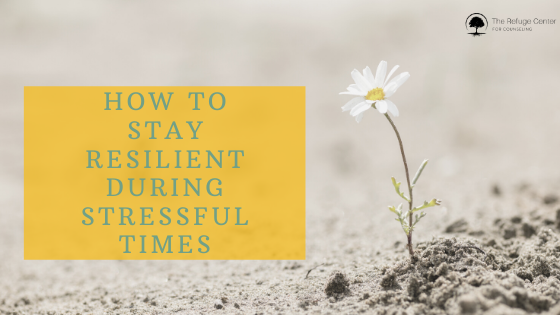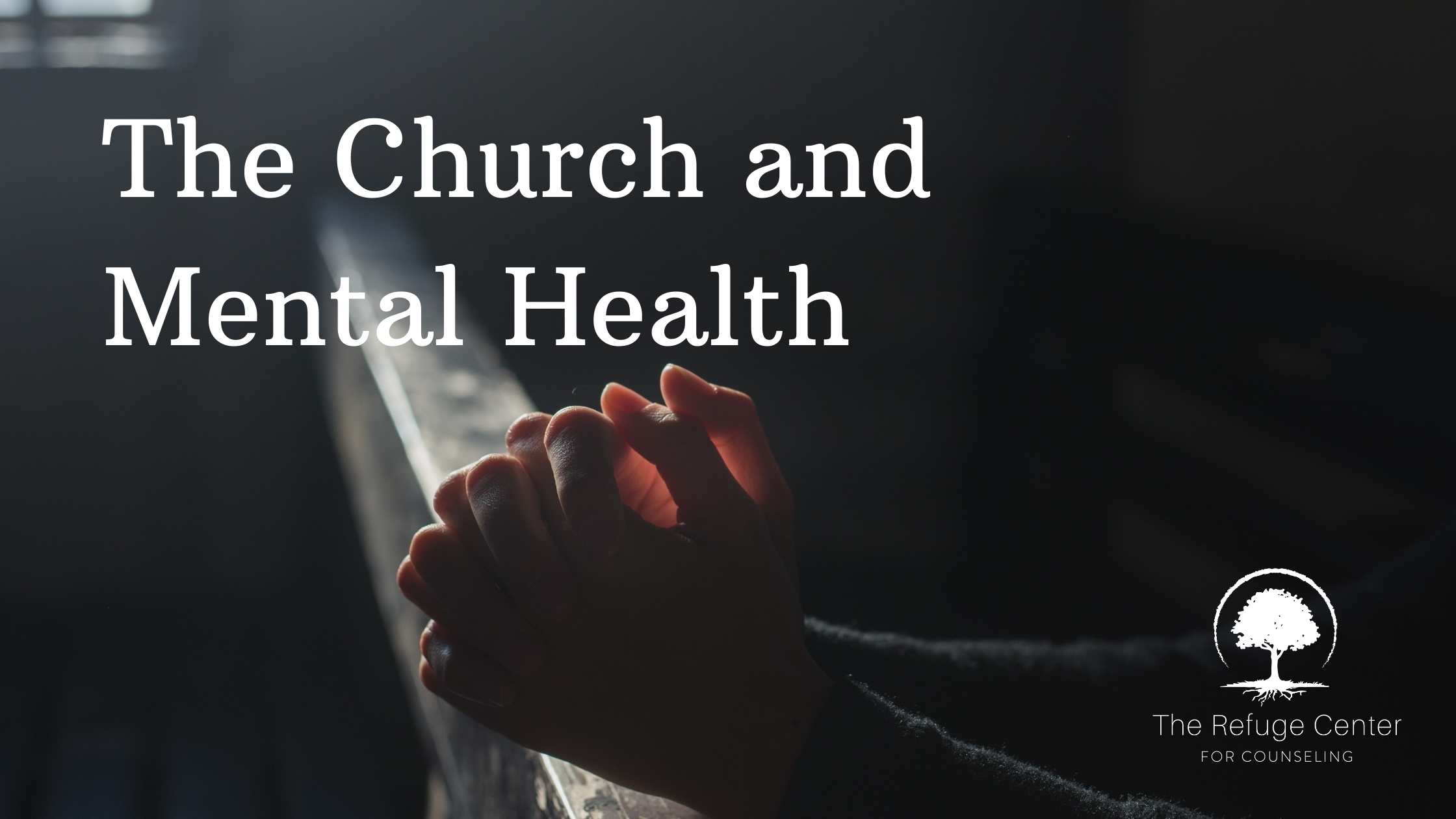When in the journey to adulthood do we lose our ability to play? When does all the creativity, passion and adventure of our right brains succumb to our logical, responsible and analytical left brains?
Why does this happen?
Why do we as adults sometimes have difficulty permitting ourselves to play?
In a recent Play Therapy workshop, I was confronted with my insecurity and questions surrounding play. I realized with regret that my former child-like wonder and creative expression were buried under the myriad of roles and responsibilities of my adult self.
Recognizing this regret, my wise therapist brought out a sand tray, filled with toys. “Show me what your life is like right now,” she said. I nervously began to move figurines around the sand, clueless as to the meaning. “I’m an adult,” I thought. “Play Therapy is for children.”
Boy, was I wrong. As I began to move toys haphazardly around the sand – searching, begging for meaning – trying to construct a logical pattern in my left brain, analytical mind, a transformation took place.
A story emerged on that sand tray and I couldn’t believe what I was seeing. The creativity of my youth began to reveal itself and my right brain took over. I marveled at the toy figures and their positions, their placement on the try – each playing a profound role in my present world, each symbolizing a significant other or longing in my heart.
Some figures were safe, others daunting, revealing my attachment injuries and my desire for safety and security in a world that seemed fraught with worry. The revelation was profound.
My therapist gently guided me, reflecting my words to me encouraging me to push through my resistance to play.
Astonishingly, the sand tray, the characters, the toys, they all began to make sense. Tears flowed as what seemed so child-like to me just moments before became a profound and sacred moment. Something very deep took root in my heart and a question that I was so afraid to ask was answered simply and truthfully through play.
Play is often called the language of children, and so Play Therapy is widely used in therapeutic settings with children.
As we emerge out of childhood and adolescence, we often leave behind the child-like play. Play begins to look different.
We run to video games, social media, Netflix, shopping, sports, eating out and socializing with friends.
We have hobbies and distractions and selfish pleasures and self-care activities but we rarely refer to these things as play. We have dates but not play dates, we have downtime but not playtime.
I wonder if, in all of our activities, we lose our sense of wonder, our imagination, our reckless abandonment to simply play.
Play has a language. Play has a meaning. Play has the power to transform and dive deep into our hearts. Play is transformational. Play is therapy. Play is sacred.
“Although there are several well-established
theoretical approaches to play therapy, among those in current use,
child-centered play therapy has the longest history of use, the strongest
research support, and according to recent surveys of practicing play
therapists, is most used by play therapy practitioners.” – Garry Landreth
Written by Refuge Center Master’s Level Counseling Intern Kimberly Kooy




